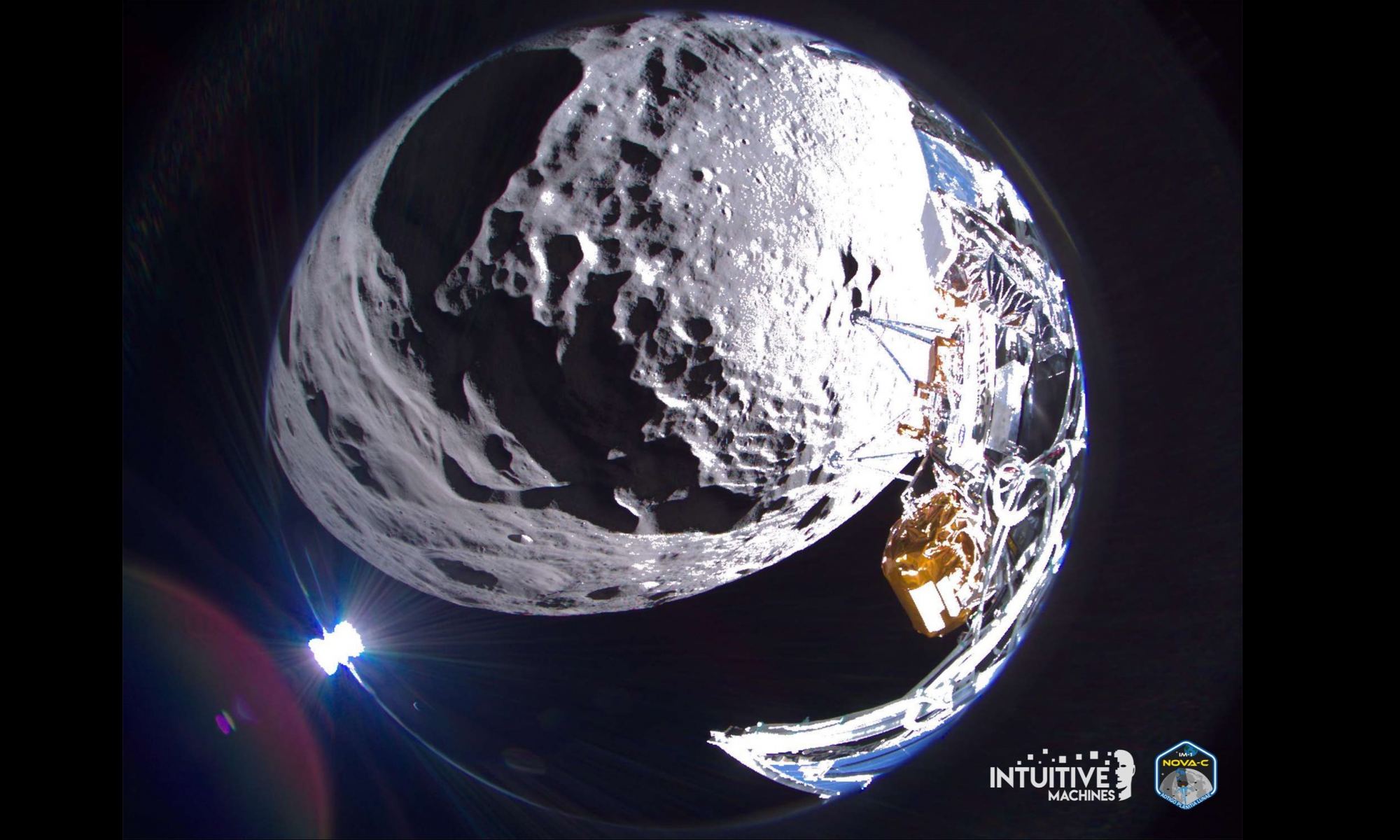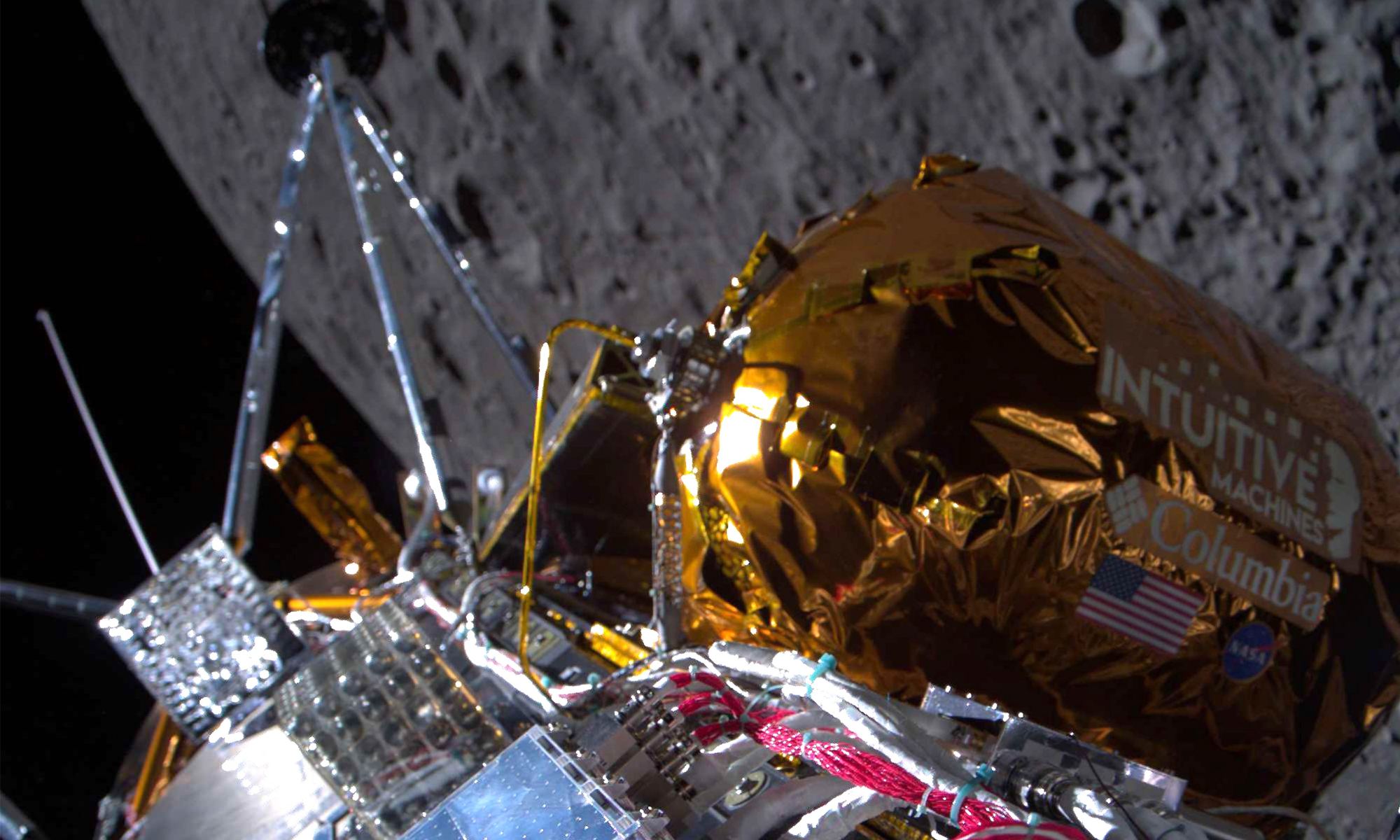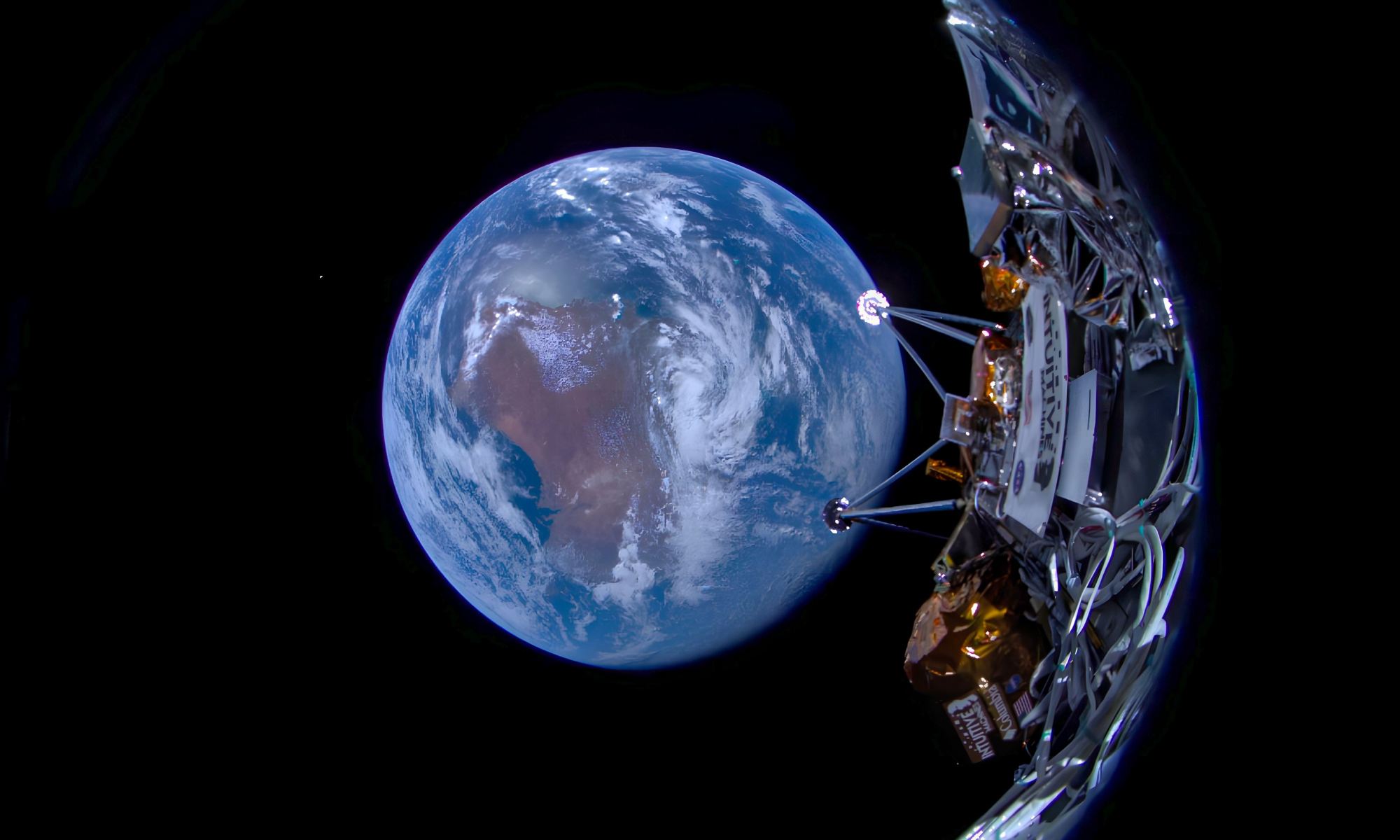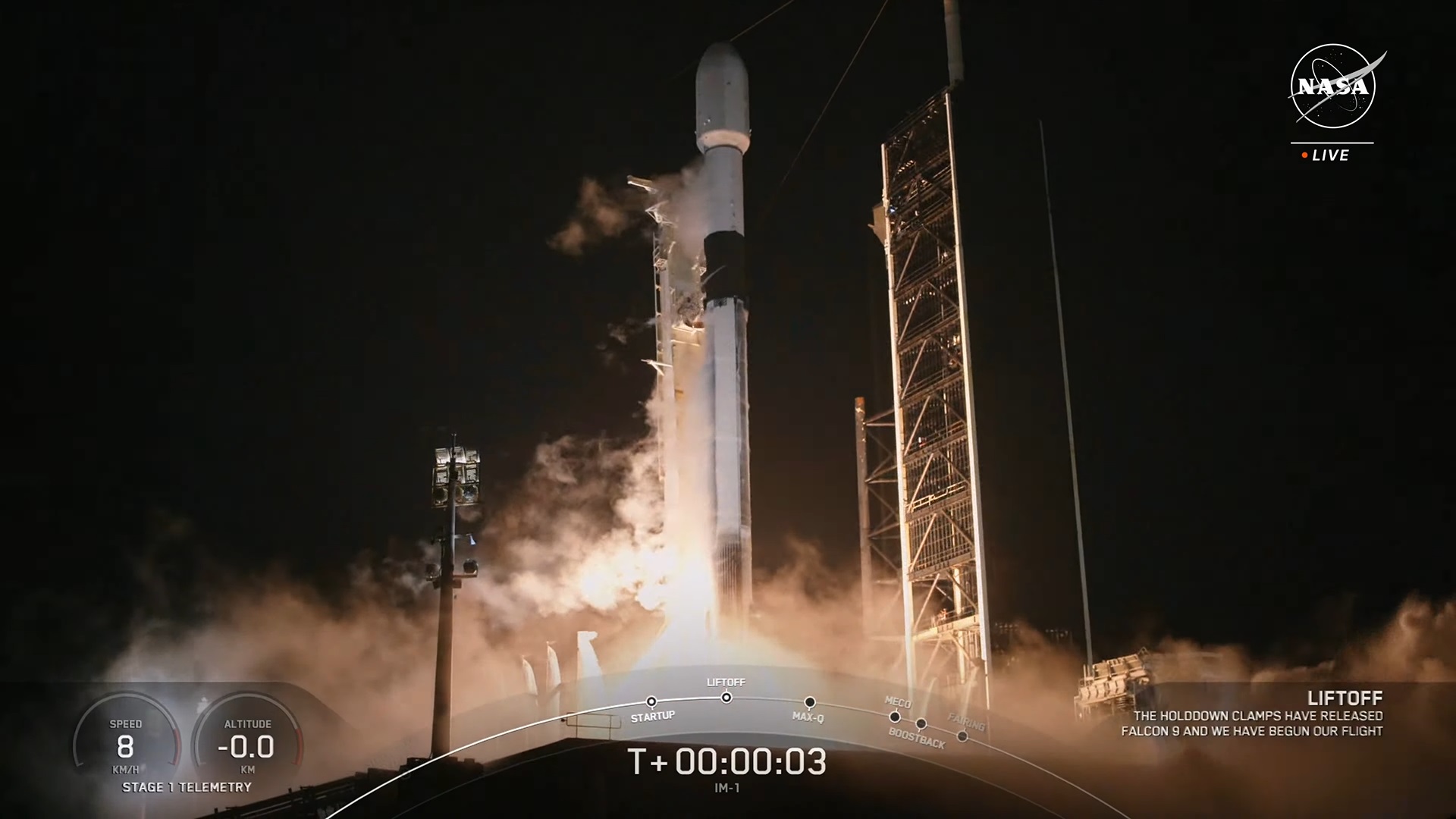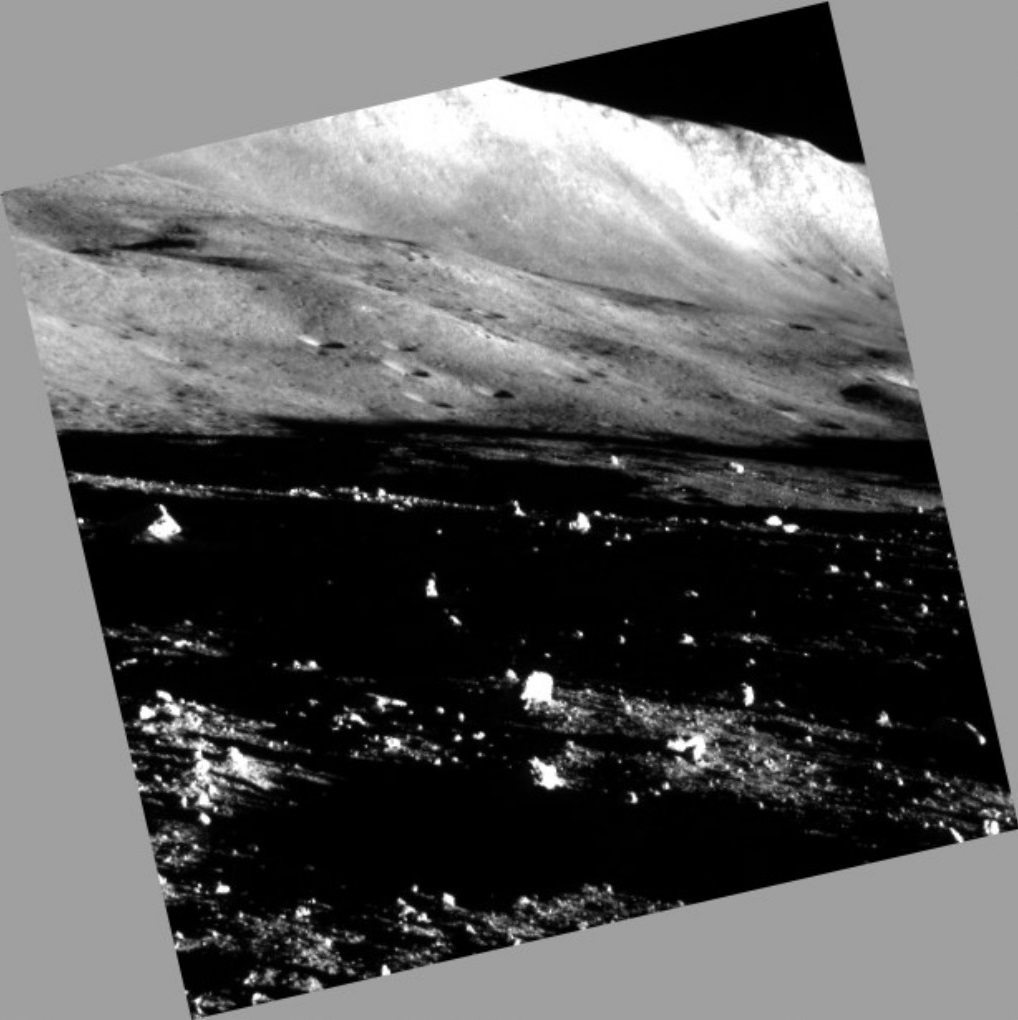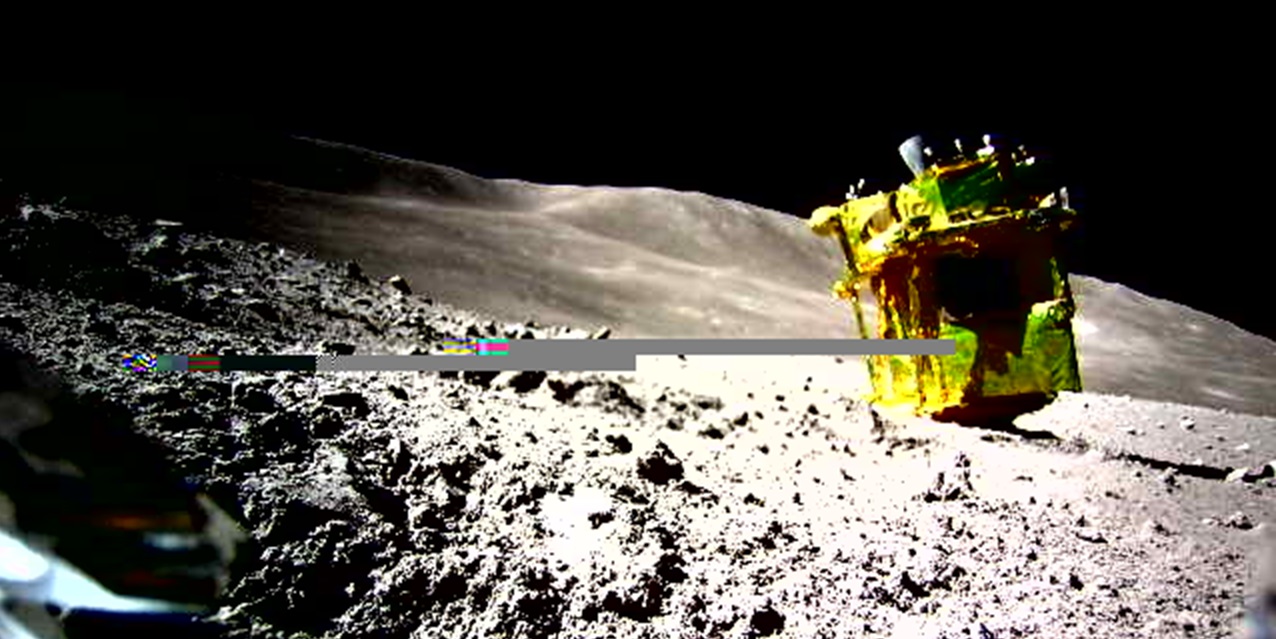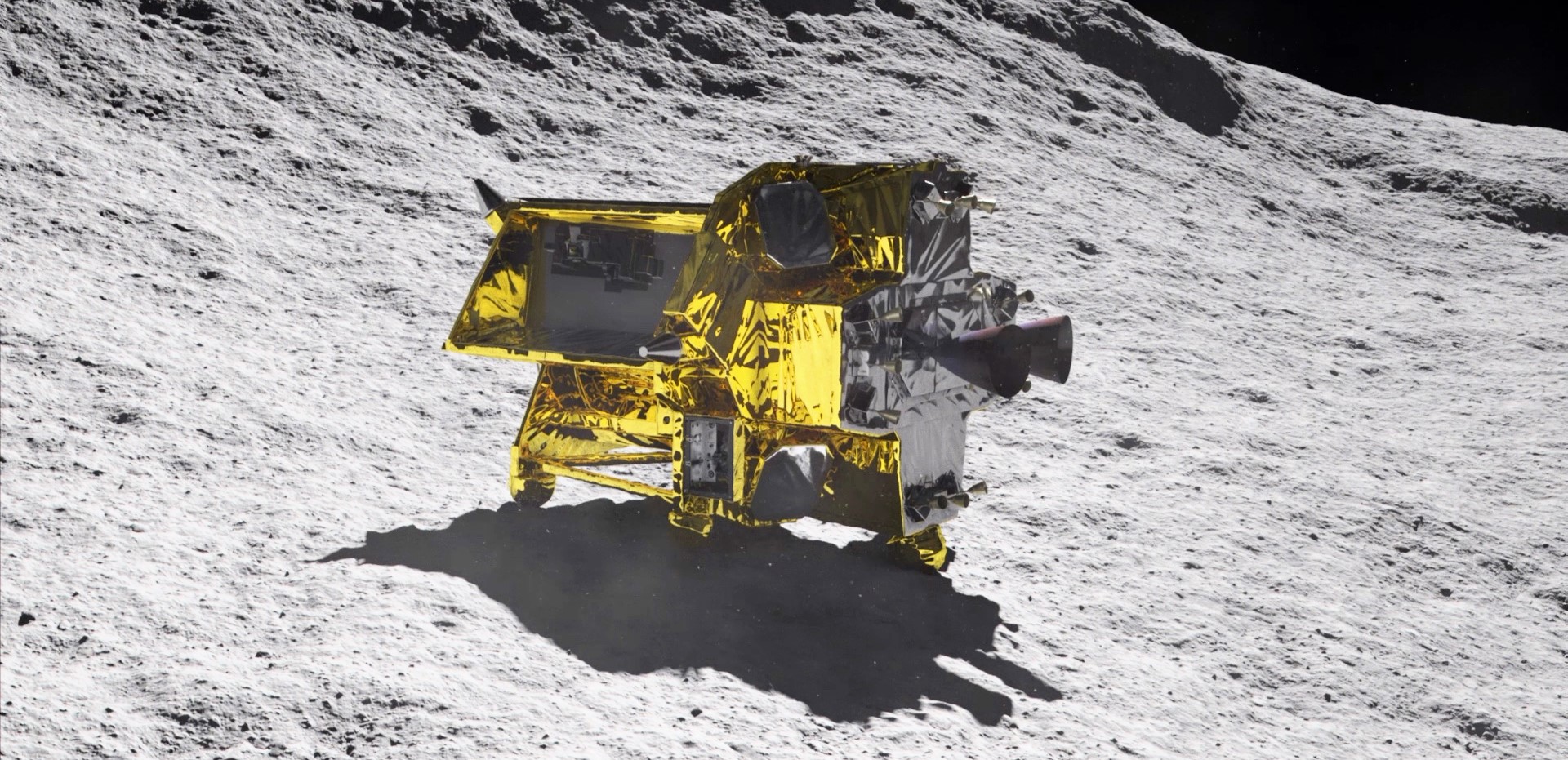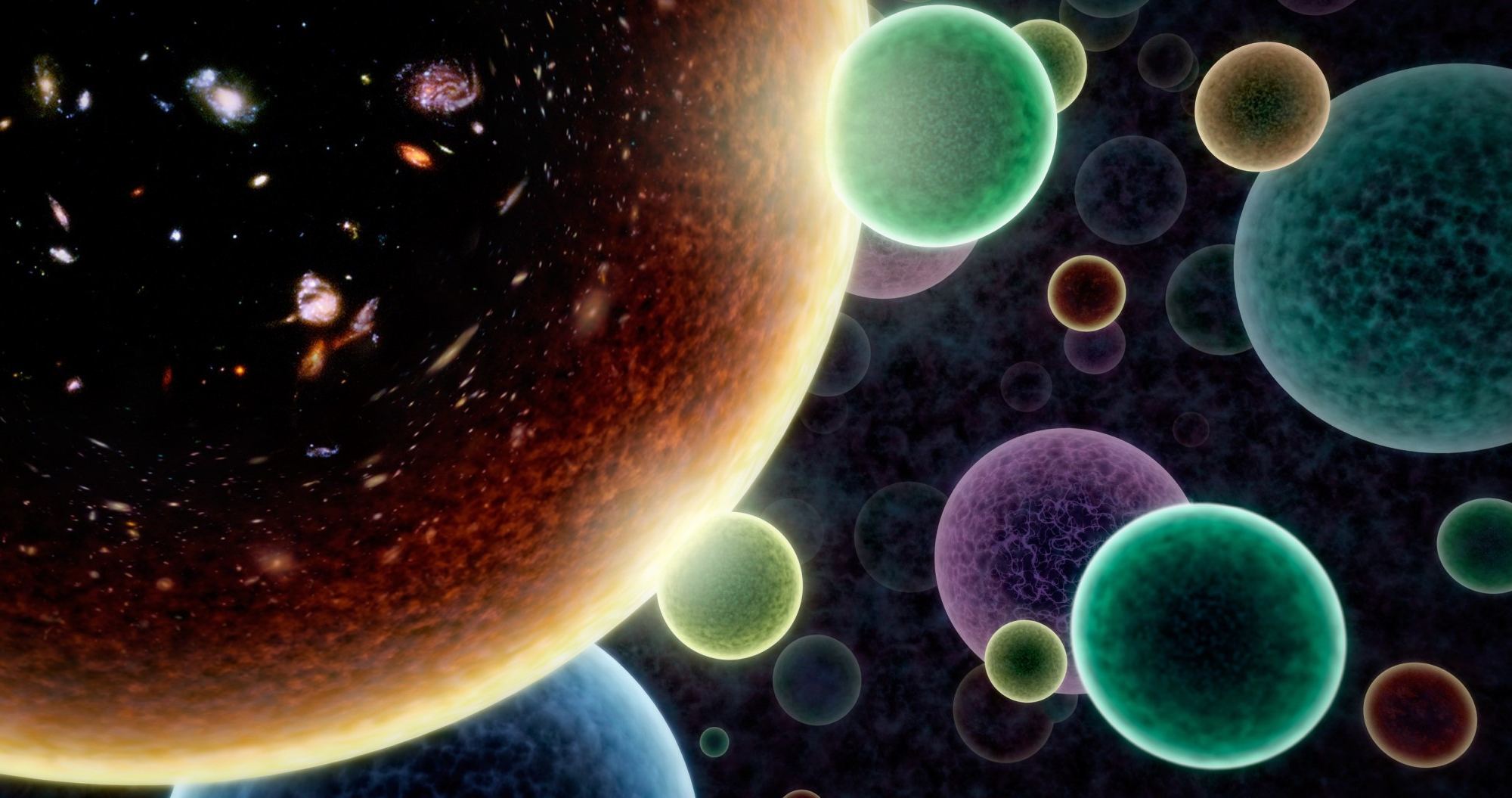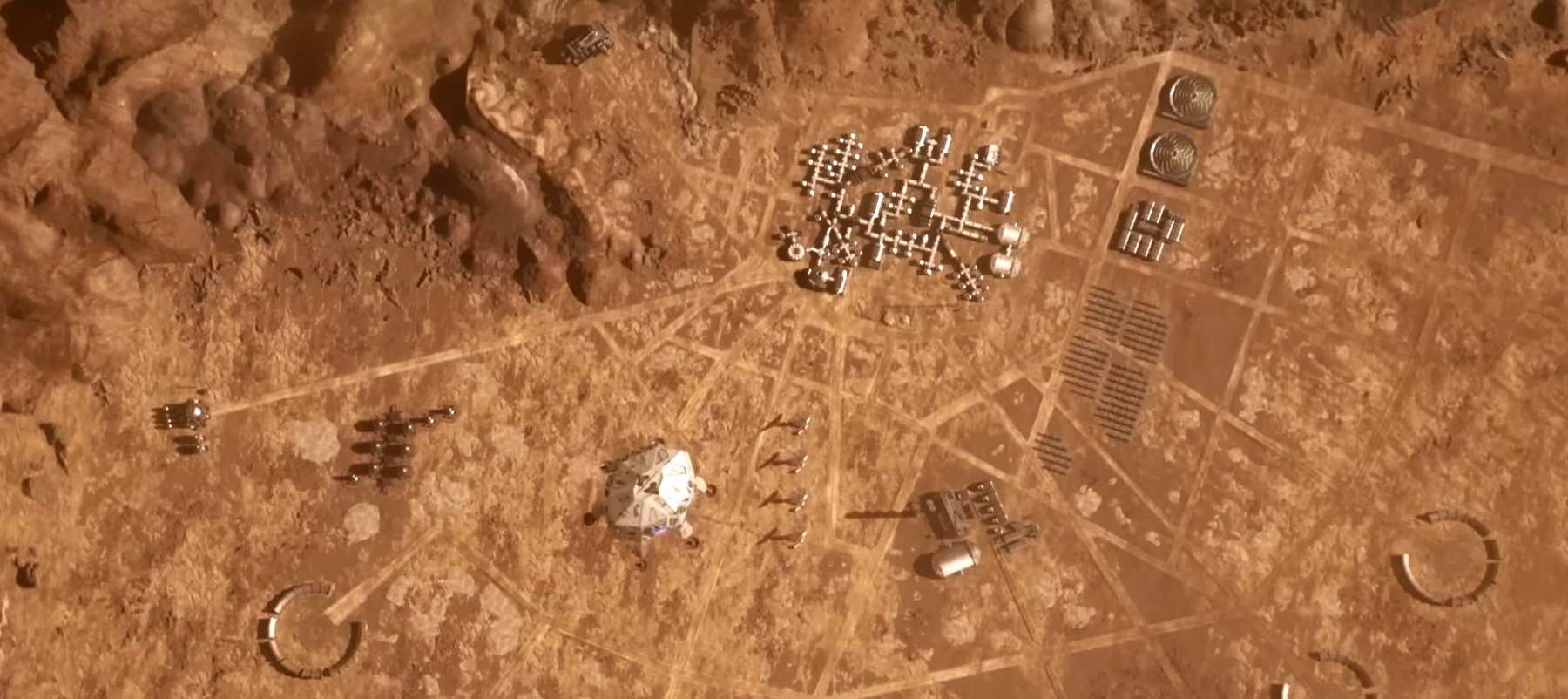The bad news is that Intuitive Machines’ Odysseus lander is tipped on its side after getting tripped up during its touchdown near the south pole of the moon. The good news? The plucky robotic spacecraft is nevertheless able to send back data.
Mission managers at the Houston-based company and at NASA, which is paying $118 million to support Odysseus’ space odyssey, are working on ways to maximize the scientific payback over the next nine or 10 days. “The vehicle is stable, near or at our intended landing site,” Intuitive Machines CEO Steve Altemus said today during a post-landing briefing at NASA’s Johnson Space Center. “We do have communications with the lander … so that’s phenomenal to begin with.”
Just by surviving the descent a day earlier, Odysseus made it into the history books as the first commercial lander to arrive safely on the moon — and the first U.S.-built spacecraft to do so since the Apollo 17 mission in 1972.
Continue reading “Odysseus Moon Lander Is Tipped Over But Still Sending Data”
